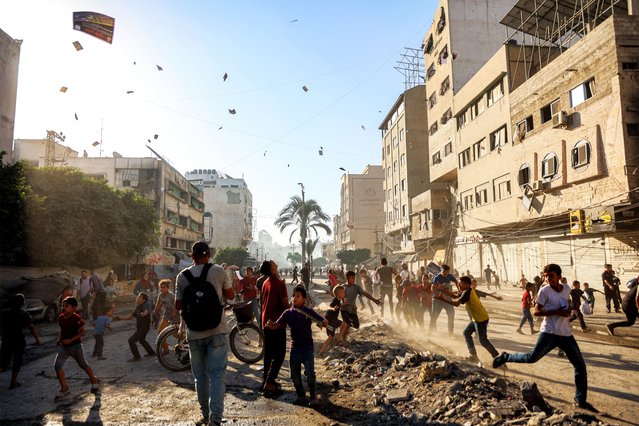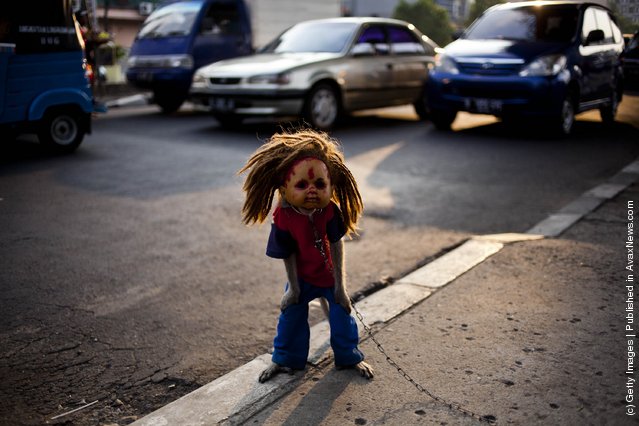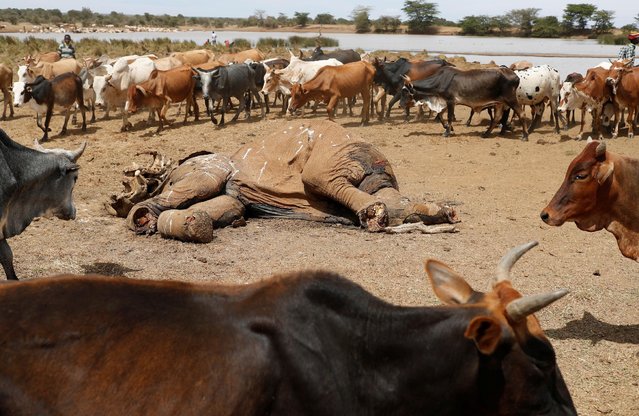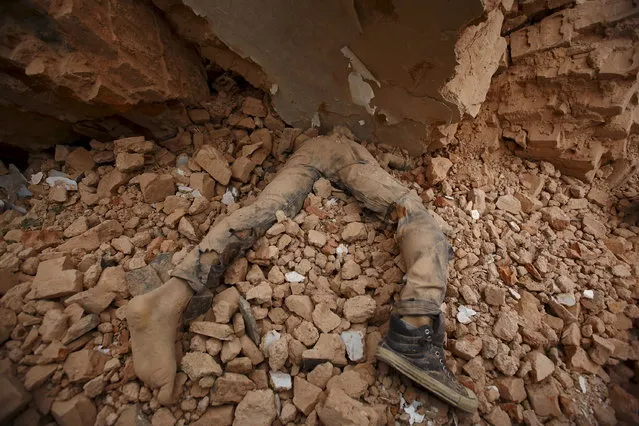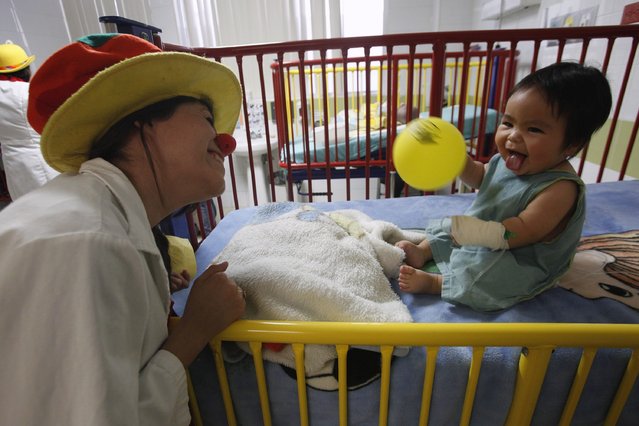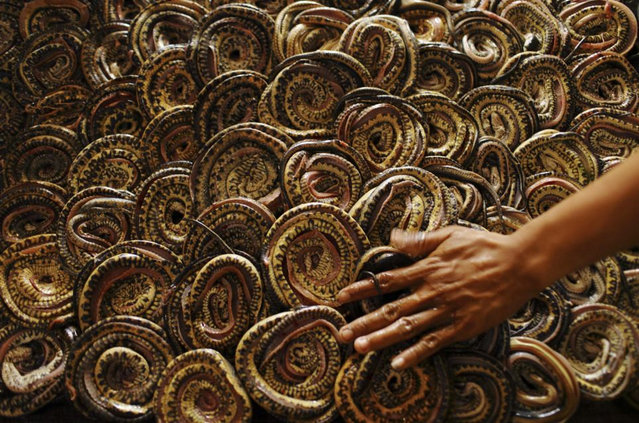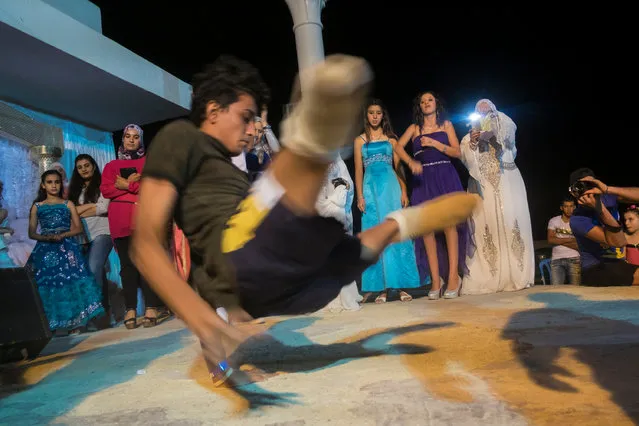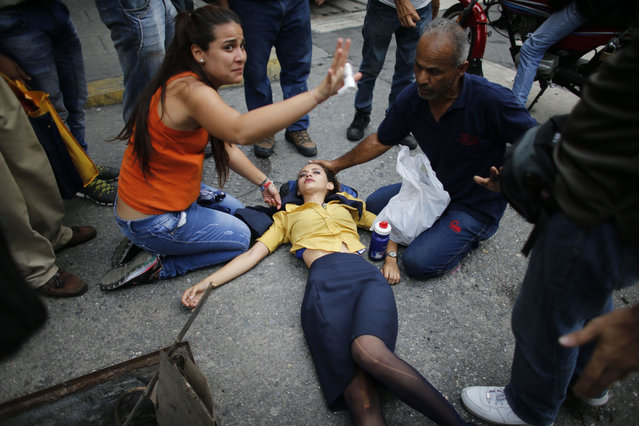
In this April 20, 2017 photo, a woman is aided by fellow demonstrators after falling, overcome by tear gas, during anti-government protests in Caracas, Venezuela. Tens of thousands of protesters asking for the resignation of President Nicolas Maduro flooded the streets again, one day after three people were killed and hundreds arrested in the biggest anti-government demonstrations in years. (Photo by Ariana Cubillos/AP Photo)
21 Apr 2017 11:09:00,post received
0 comments

